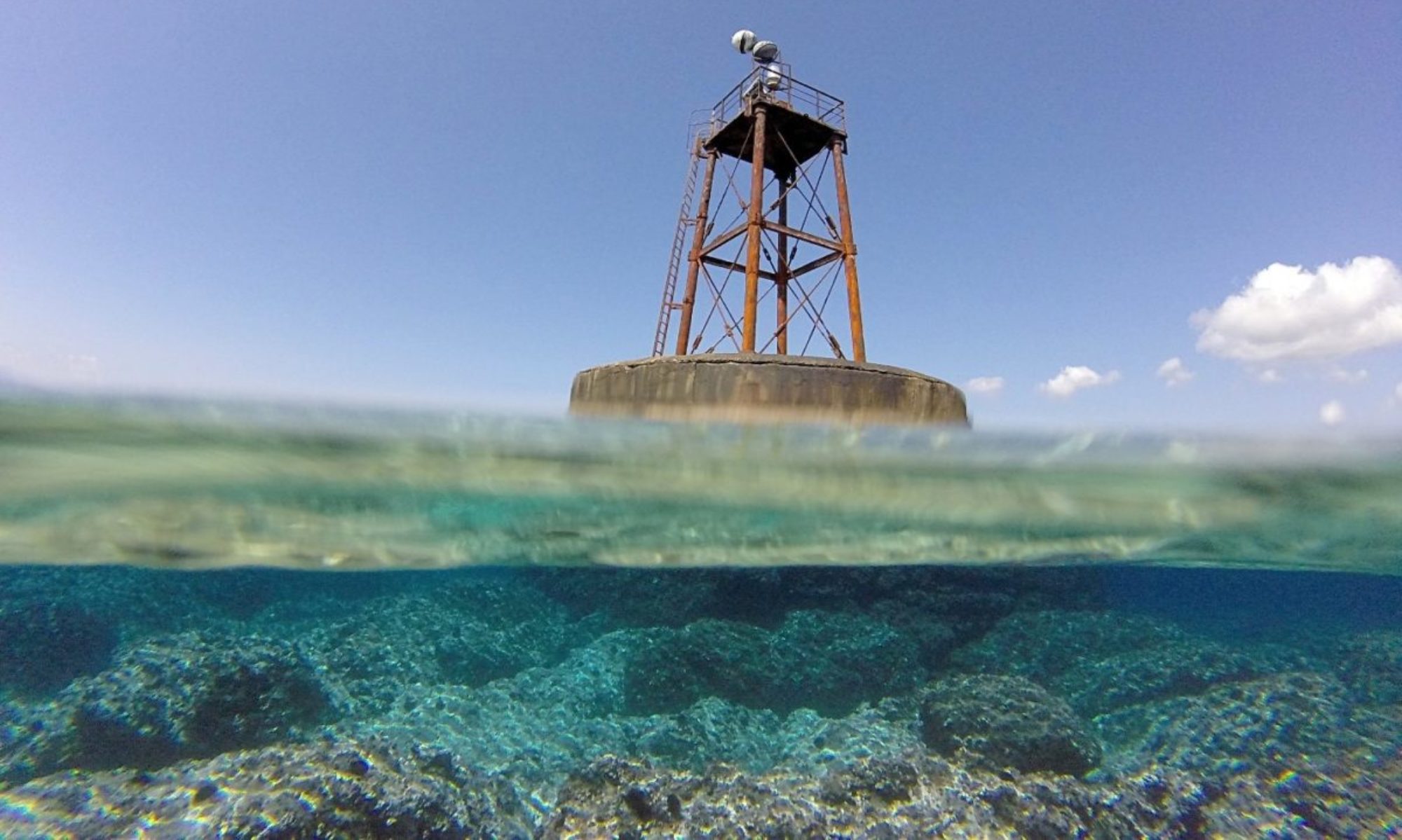The workshop of “Soundexplorers” is addressed to a variety of attendants, with a special interest in the sonic environment (from individuals and students to researchers and educators). Whilst, in most cases, participants may have not previously undertook any related course, through this workshop, they are getting in the fields of acoustic ecology by three ways: primary, during an introductory section, by the presentation of key meanings related to the study of the sonic environment (e.g. background/foreground, origins/categories of sounds, intensity, noise, diversity etc.); sequentially, during a survey section, by developing basic skills on the field (listening, recording, measuring and data logging); and finally, during a data processing section, by analyzing and presenting the results of the survey with descriptive text, data tables and thematic maps.
Learning Objectives
The workshop concentrates on the procedures for the listening, the documentation and the description of the acoustic conditions or the sonic events at an area of interest.
By the end of this workshop participants are expected to:
- locate and record sounds;
- measure the Sound Pressure Level (SPL);
- recognize and log the origin and the meaning of sounds;
- store sound recordings;
- archive and process recorded attributes in data sheets;
- use text, data tables and visual representations (graphs, maps) for the description of soundscapes; and
- share (upload) their results on the web.
Structure and Duration
The minimum recommended duration of the workshop is 2:00 hours, excluding additional time for transportations or any delays between sequential sections. The structure and the indicative time allocation is described bellow:
Section |
Title (duration) |
Topics |
| Introduction | Presentation (00:30′) | terms, methodology and equipment |
| Surveying | Preparation (00:15 ́) | groups formation, tasks delegation and equipment use |
| Field Work (00:15′) | listening, recording, SPL measurements and data logging | |
| Processing | Analysis (00:20′) | data preparation and processing |
| Results (00:30′) | description, representations | |
| Discussion (00:10′) | workshop review and conclusions |
Those sections can be performed on different dates or places but the sequence should stay intact. The duration of each part can be increased based on the judgment of the coordinator by considering the extend of the study area, the number and the relevant experience of the participants, the complexity of the equipment to be demonstrated and used, as well as the depth of analysis that will be performed with the captured data.
Training Material
The minimum required training material for the performance of the workshop are a pencil with a blank piece of paper. A print-ready worksheet is available on-line, in order to be used for data logging and basic analysis on the field. Additionally, the relevant set of empty spreadsheets is also available for digital archiving and processing of data.
Recommended material, which is not provided by the coordinator but facilitates the performance of the workshop is:
- a slate or hard-cover folder for writing;
- a timer or watch for time tracking;
- a sound recorder or smart phone with recording software;
- a SPL measurement instrument (soundmeter) or smart phone with recording software;
- a fine scale map of the area and GPS device or smart phone;
- a computer and software for tabular data processing and sound editing;
- an email account and Internet access for data sharing.
Reading or media material that is related to this workshop includes:
- the article “An Introduction to Acoustic Ecology”, by Kendall Wrighston;
- the on-line “Handbook of Acoustic Ecology”, by Barry Truax;
- the booklet “Basic terms of acoustic ecology for children and adults”, by Ioanna Etmektsoglou (in Greek);
- the film “Soundscapes, A Documentary about Acoustic Ecology”, directed by Constantinos Stratoudakis;
- the track “Secret Coast” composed by Apostolos Loufopoulos”; and
- the article “The Workshop of SounExplorers as an Introduction to the basic meanings of Acoustic Eclogy”, by Kimon Papadimitriou (in Greek).
Considerations
The maximum recommended ratio for one coordinator is 30 participants per class. This ratio can be increased with one or more coordinator assistants. In any case it is advised to form small classes, up to 30 individuals each and work in small groups. For more participants and without assistants, consider dividing the class.
The workshop is usually conducted at open spaces. Environmental conditions and participants’ safety are of primary concern for the performance of the workshop. Taking into account the outdoor conditions or the special interests and needs of the participants, the workshop can be performed in covered spaces as well. Quality sound recordings or descriptive texts (e.g. short stories) with references to geographic locations (e.g. place-names, maps) can either be used for the reconstruction of soundscapes and in order to be studied by the attendants.
The use of sound-recording and sound-meter devices is considered essential for the familiarization of participants with the presented methodology. If this kind of equipment is not available, the use of portable devices (smartphones or tablets) with appropriate software, can be demonstrated as alternative material, mentioning in advance the impact on the expected data quality. In any case, the coordinator is advised to describe the proper use of a sound-recording system (microphones and logger) and a sound-meter. When using smart phones during field-work, remind the participants to turn on flight mode, in order to avoid biased propagation of sounds.
- Background
- Overview
- Guidelines
- Summary
